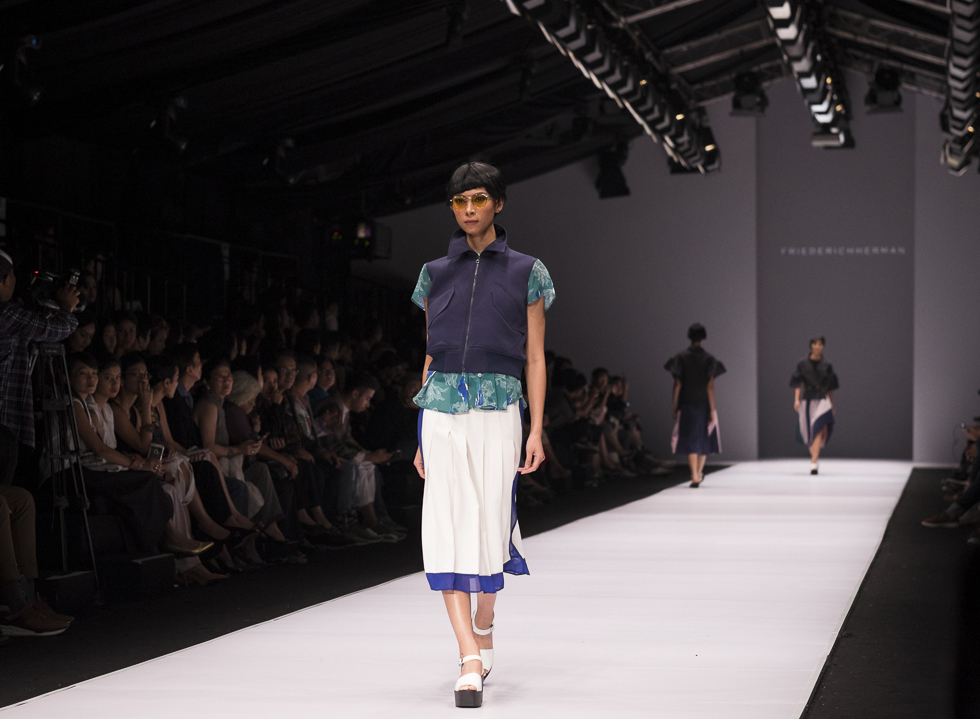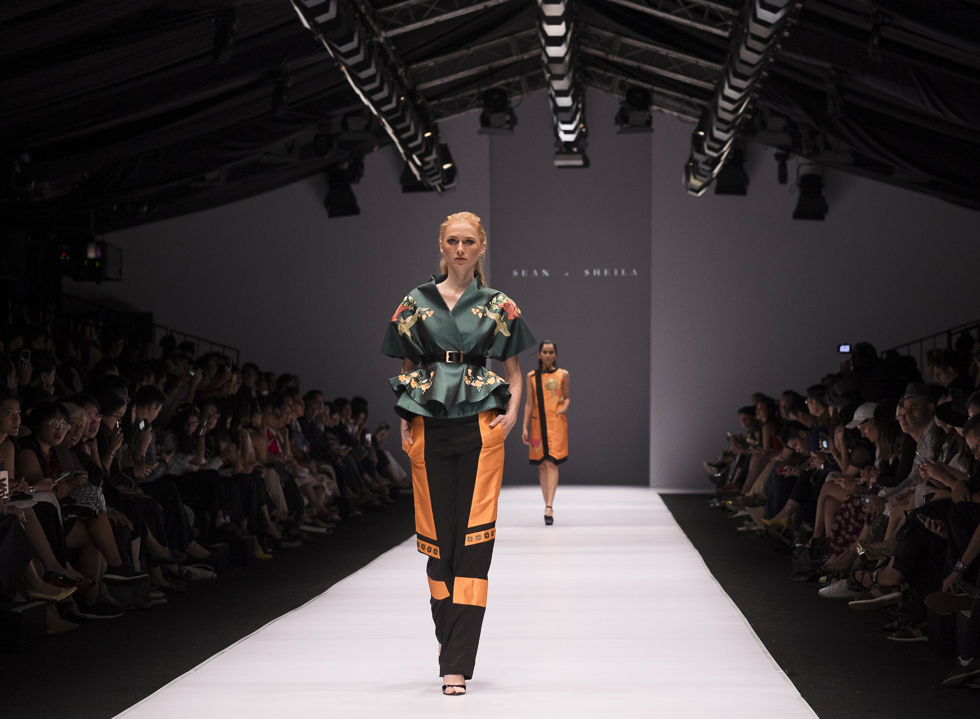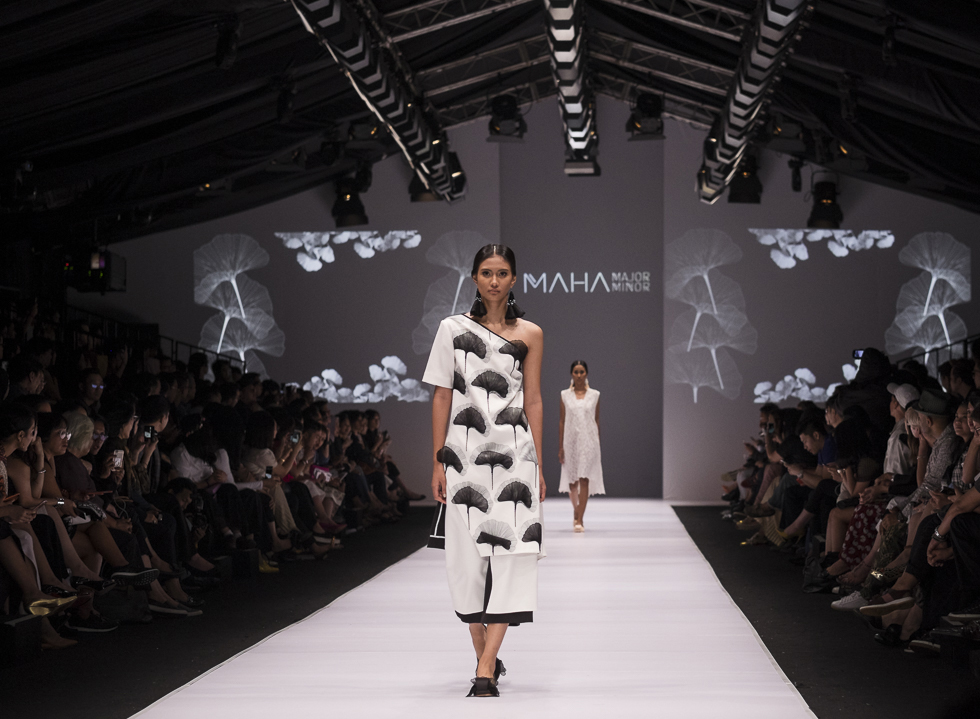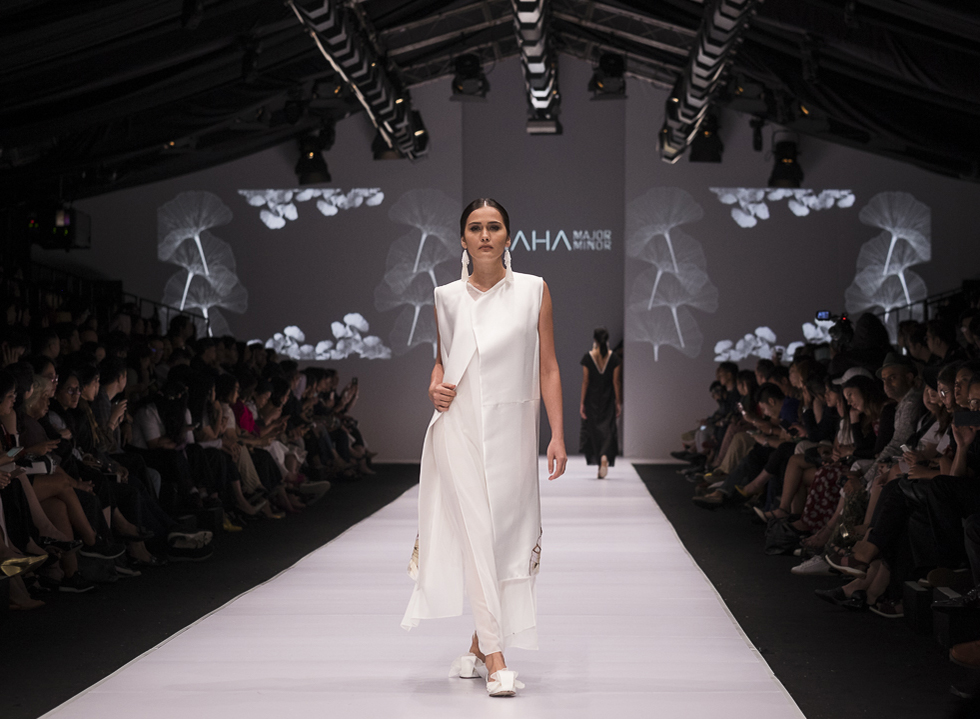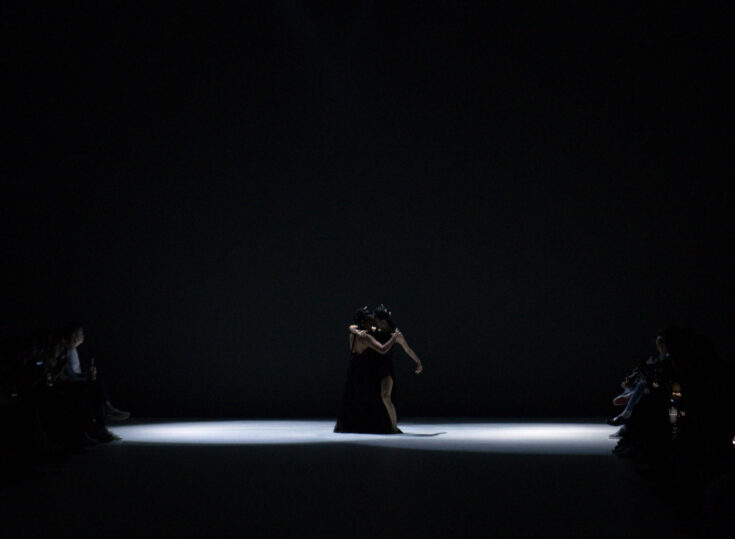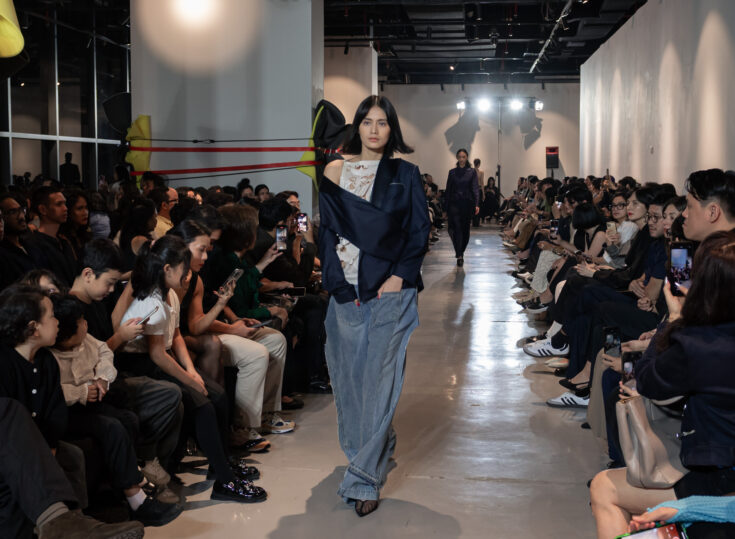Even before the year ends, 2016 has been a big coup for the local fashion industry to say the least. Much attention and spotlights were shone on local fashion talents, from Peggy Hartanto who were listed under the Forbes’ 30 Under 30 Asia to the winner of International Woolmark Prize Asia Regional, Toton Januar.
The success of Peggy and Toton highlighted the very fact that Indonesian designers do stand an equal opportunity in getting the recognition they deserve on an international level. That’s why it is imperative for designers to deliver collection that provide not only a clear vision but also an ability to engage on a deeper, emotional level, beyond the surface of pretty wearable clothes as Jakarta Fashion Week is becoming ever more crucial, where it serves as a platform to connect their works to the rest of the world.
Friederich Herman put forward a collection that is confident even though it might not be everyone’s cup of tea. Perhaps, to make sense of the collection, one had to first grasp the type of woman the designer is dressing. Judging from the looks, like the boxy broad-shouldered jacket that teetered on the line between eccentric and ugly, these women were dressing to please themselves regardless of how man-repelling they may look.
Still, pick those looks apart and you’d find easy pieces like the pleated skirt with horizontal stripes that gave the impression of colourful barcodes from afar. As the show progressed, you got the feeling that these women were most likely to be interested in esoteric subjects like computer programming or molecular biology and fashion was really just a hobby.
Designers Sean Loh and Sheila Agatha clearly love embroideries. They are basically the focal point of the label. Delicate embroideries of birds, flowers, and bees were applied liberally throughout the looks, although never on the bottoms. The designers were keen to offset the dainty, romantic mood of spring with gruffness, as seen in the bright orange pants that brought to mind the heavy-duty work wear of construction workers.
While these street elements provided a jolt of freshness, they never went beyond the orange pants and sweater. The collection left you wishing they would just push the possibilities of the said combination because, in the end, they came across as a half-hearted attempt.
The spring theme is also present in MAJOR MINOR MAHA’s collection. Designers Ari Seputra and Inneke Margarethe dove straight into easy, straightforward clothes that resonate with the current obsession of “see now, buy now”.
There were dresses with loose silhouette that zeroed in on the softness and lightness of flora. In this case, the ginkgo tree. The black v-neck dress decorated with line drawing of ginkgo leaves and topped with a single giant embroidery of the latter at the waist was a standout. However, the collection didn’t quite achieve the climax you hope it would.
Though with spring in mind, Peggy Hartanto, in contrast, communicated a satisfying narrative minus the usual spring tropes. With this collection, Peggy is keen to move away from the body-hugging dress with killer cutouts that she is known for, but that doesn’t mean she has forsaken sensuality for the sake of a makeover.
On the contrary, these women were no less desirable even when they were covered. In fact, you couldn’t help but to compare them with the enigmatic women from Vermeer’s paintings – familiar but mysterious at the same time. To wit, the white smock dress with strips of fabric that floated away from the body when in motion, felt gratifyingly personal. For a minute, it felt as if you were looking at a real woman instead of a model, half expecting them to turn their heads and catch you gazing at them intently like a voyeur.
In addition, Peggy understands that a good dress should be able to stand on its own. The strapless pumpkin yellow dress with both dark horizontal and vertical stripes came out as it is, without the distraction of any accessories, allowing you to appreciate its simplicity in full glory. It’s hard not to imagine these ladies against the backdrop of a serene Dutch pastoral scene.
It was a collection that connects with you intimately like a pleasant hum in a dream. The dream might be short, but it sure was sweet.




